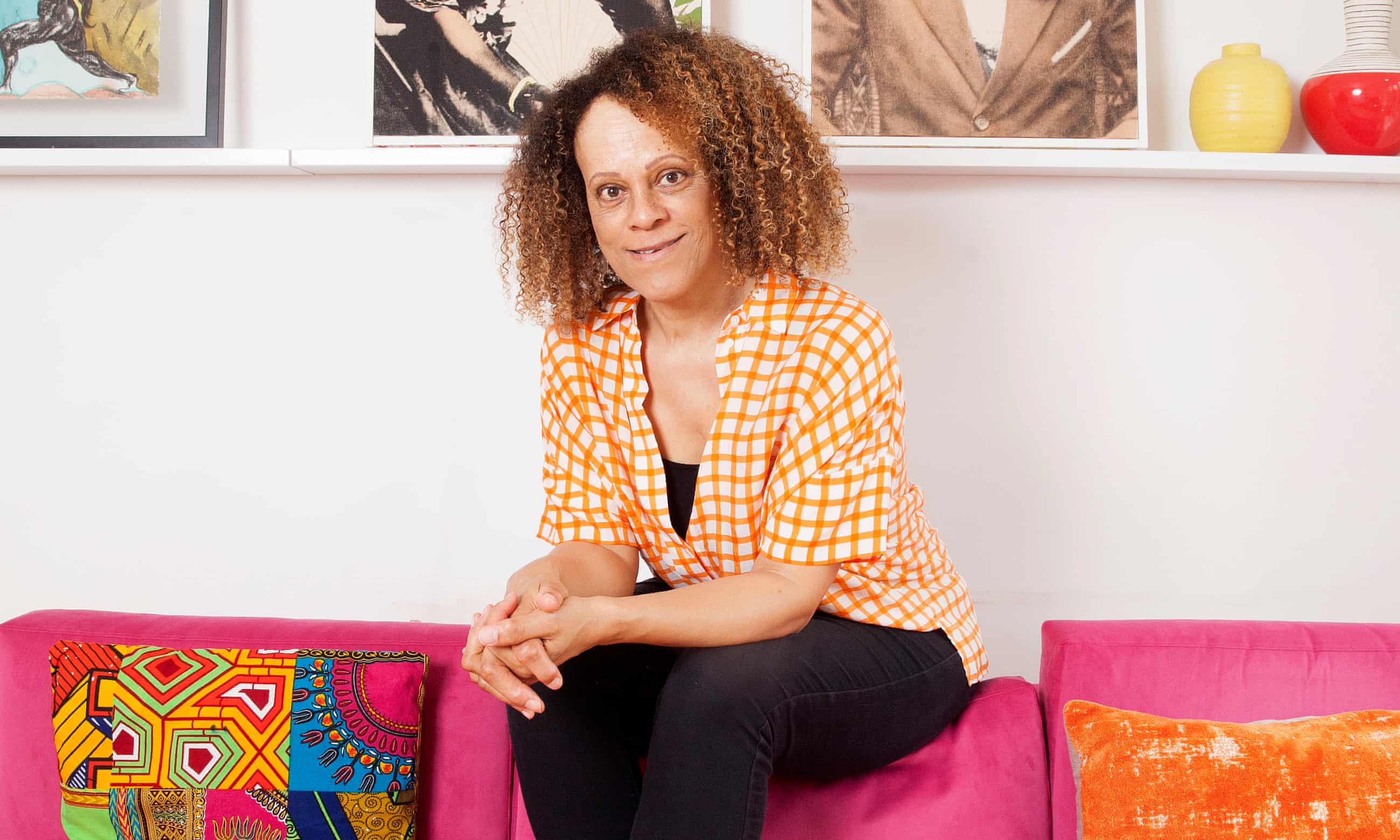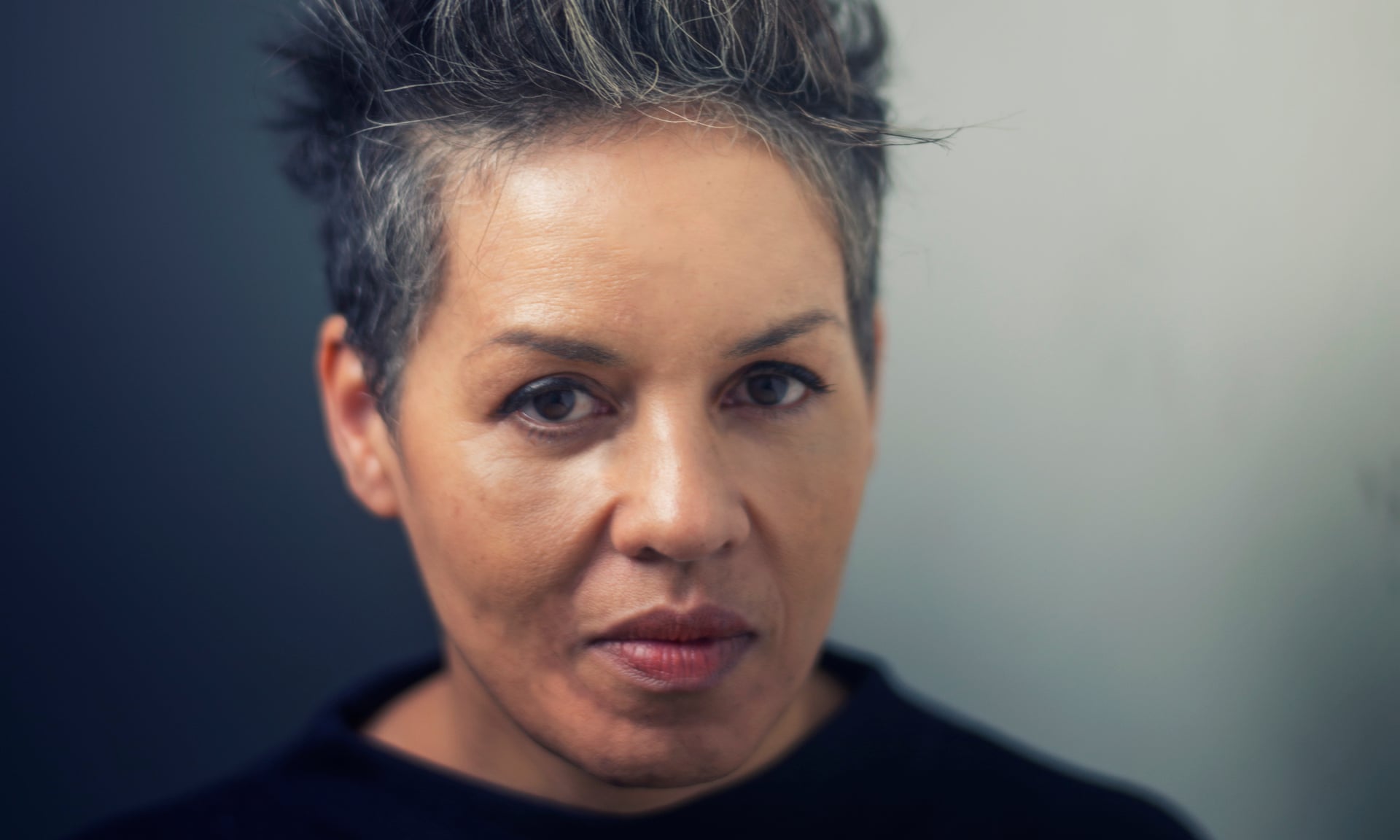‘Toubab La!’ Literary Representations of Mixed-Race Characters in the African Diaspora
Cambridge Scholars Publishing
July 2007
453 pages
ISBN13: 9781847182319
ISBN: 1-84718-231-3
Ginette Curry, Professor of English
Florida International University

The book is an examination of mixed-race characters from writers in the United States, The French and British Caribbean islands (Martinique, Guadeloupe, St. Lucia and Jamaica), Europe (France and England) and Africa (Burkina Faso, South Africa, Botswana and Senegal). The objective of this study is to capture a realistic view of the literature of the African diaspora as it pertains to biracial and multiracial people. For example, the expression “Toubab La!” as used in the title, is from the Wolof ethnic group in Senegal, West Africa. It means “This is a white person” or “This is a black person who looks or acts white.” It is used as a metaphor to illustrate multiethnic people’s plight in many areas of the African diaspora and how it has evolved. The analysis addresses the different ways multiracial characters look at the world and how the world looks at them. These characters experience historical, economic, sociological and emotional realities in various environments from either white or black people. Their lineage as both white and black determines a new self, making them constantly search for their identity. Each section of the manuscript provides an in-depth analysis of specific authors’ novels that is a window into their true experiences.
The first section is a study of mixed race characters in three acclaimed contemporary novels from the United States. James McBride’s The Color of Water (1996), Danzy Senna’s Caucasia (1998) and Rebecca Walker’s Black White and Jewish (2001) reveal the conflicting dynamics of being biracial in today’s American society. The second section is an examination of mixed-race characters in the following French Caribbean novels: Mayotte Capécia’s I Am a Martinican Woman (1948), Michèle Lacrosil’s Cajou (1961) and Ravines du Devant-Jour (1993) by Raphaël Confiant. Section three is about their literary representations in Derek Walcott’s What the Twilight Says (1970), Another Life (1973), Dream on Monkey Mountain (1967) and Michelle Cliff’s Abeng (1995) from the British Caribbean islands. Section four is an in-depth analysis of their plight in novels written by contemporary mulatto writers from Europe such as Marie N’Diaye’s Among Family (1997), Zadie Smith’s White Teeth (2000) and Bernardine Evaristo’s Lara (1997). Finally, the last section of the book is a study of novels from West African and South African writers. The analysis of Monique Ilboudo’s Le Mal de Peau (2001), Bessie Head’s A Woman Alone: Autobiographical Writings (1990) and Abdoulaye Sadji’s Nini, Mulâtresse du Sénégal (1947) concludes this literary journey that takes the readers through several continents at different points in time.
Overall, this comprehensive study of mixed-race characters in the literature of the African diaspora reveals not only the old but also the new ways they decline, contest and refuse racial clichés. Likewise, the book unveils how these characters resist, create, reappropriate and revise fixed forms of identity in the African diaspora of the 20th and 21st century. Most importantly, it is also an examination of how the authors themselves deal with the complex reality of a multiracial identity.
Table of Contents
- Acknowledgements
- Introduction
- PART I. THE UNITED STATES
- PART II. THE FRENCH CARIBBEAN ISLANDS
- Chapter 4: Mayotte Capécia’s I am a Martinican Woman (1948): “My father is Black, My Mother is Brown, and I, Am I White?” (Martinican Riddle)
- Chapter 5: Michèle Lacrosil’s Cajou (1961): The Anti-Narcissus
- Chapter 6: Raphaël Confiant’s Ravines du Devant-Jour (1993): Ethnostereotypes in Martinique
- PART III. THE BRITISH CARIBBEAN ISLANDS
- Chapter 7: The Racial Paradox of Derek Walcott in What the Twilight Says (1970), Derek Walcott: Another life (1973) and Dream on Monkey Mountain (1967)
- Chapter 8: Michelle Cliff’s Abeng (1995): A Near-White Jamaican Woman’s Quest for Identity
- PART IV. EUROPE
- Chapter 9: Marie N’Diaye’s Among Family (1997): A Desperate Search for Caucasian Identity
- Chapter 10: Zadie Smith’s White Teeth (2000): The Concept of Englishness in the 21st Century
- Chapter 11: Bernardine Evaristo’s Lara (1997): Transculturality in England: Oyinbo, Whitey, Morena, Nig Nog, Nigra!
- PART V. AFRICA
- Chapter 12: Monique Ilboudo’s Le Mal de peau (2001): Colonization and Forced Hybridity
- Chapter 13: Bessie Head’s A Woman Alone: Autobiographical Writings (1990): White-on-Black and Black-on-Black Racial Oppression in Southern Africa
- Chapter 14: Abdoulaye Sadji’s Nini, Mulâtresse du Sénégal (1947): “Toubab La!”
- Conclusion
- Works Cited
- Primary Sources
- Critical Sources
- Index
Read a preview here.







